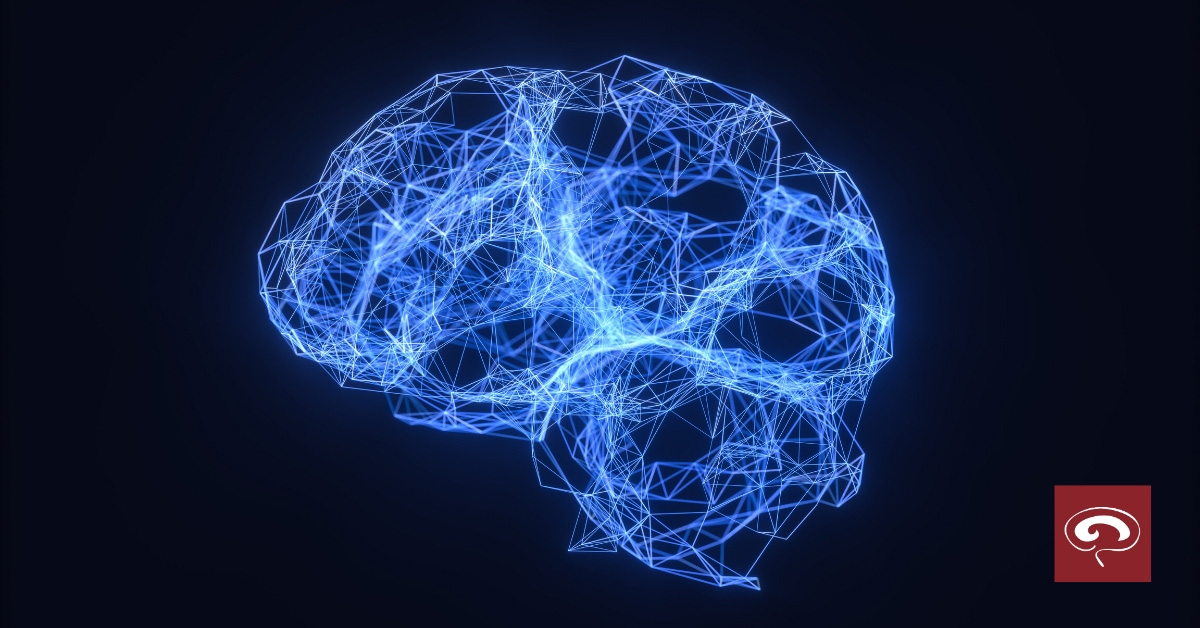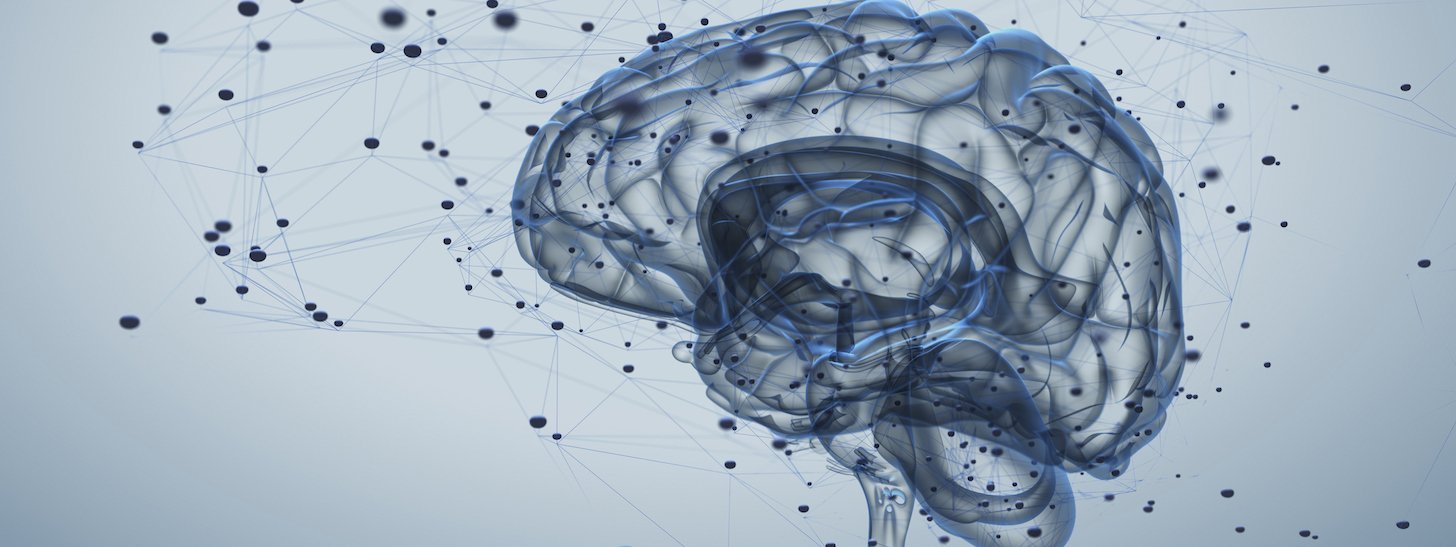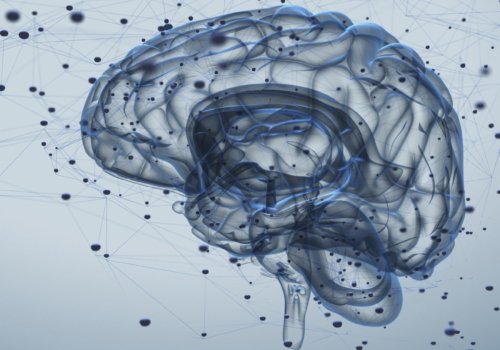
The Future of Neuromodulation: Q&A
Michael L. Oshinsky, PhD, discusses how headache researchers can shape the future of neuromodulation
Michael L. Oshinsky, PhD, is the program director of Pain and Migraine at the National Institute of Neurological Disorders and Stroke within the National Institutes of Health. He is also a chair of the basic and translational pain research portion of the NIH HEAL (Helping to End Addiction Long-term) Initiative, for which Congress gave the NIH $500 million to address opioid use disorder and to enhance pain management with non-opioid options to treat pain and headache. Dr. Oshinsky spoke with us about the future of neuromodulation and how AHS members and headache researchers can contribute to the field.

What does the future of neuromodulation for headache treatment look like?
Neuromodulation is an opportunity to treat patients using noninvasive or minimally invasive devices that are opioid-sparing and non-addictive. Neuromodulation for headache allows us to guide the treatment specifically for a group of nerves or a particular area of the brain, which could be responsible for the onset of the headaches or an area of the brain that can be used to decrease the number of headaches or migraine attacks.
What advancements can we expect to see in the next few years?
One of the things that I’m excited about are the new less-invasive technologies that allow us to be much more specific in what area of the brain or which nerve that we’re stimulating. For instance, there are technologies for putting electrodes inside a blood vessel and placing it very close to the target nerve. Researchers are developing technologies to follow the blood vessels next to the nerves throughout the body so we can put the stimulator exactly where we need it without having to do an incision to implant it.
There are also other groups supported by the NIH developing technologies for injectable electrodes. A polymer can be injected, which when it solidifies is conductive. A nerve can then be stimulated noninvasively from the surface of the skin to that deep tissue where the polymer was injected around the nerve inside the body.
These two examples are less invasive compared to doing an open surgery where a long-term neuromodulation device with a controller, a battery, as well as a lead are installed. As we update the electronics, as we update the controllers and the battery technology, more can be done outside the body without surgical intervention.
How should neuromodulation be incorporated into a patient’s treatment plan?
We’re not envisioning that these neuromodulation technologies are going to eliminate the need for small molecule drugs or for biologics such as antibody therapies, but we do support the development of these devices in order to reduce the need for some of the addictive interventions that have traditionally been used for pain or migraine in the past. We want to provide physicians more options in their toolbox in order to treat their patients.
I’m really excited that there are many companies coming into this space and working on the fundamental aspects of how these treatments are working. As researchers and physicians increase their understanding of a patient’s migraine pathology, we envision a time when the physician will choose the proper neuromodulation technology that is designed specifically for each patient.
What opportunities are there for the federal government to support research?
There are many choices for us to support academics as well as small companies to develop these technologies like SBIR grants, which are directed specifically for small businesses to develop new therapies for benefiting the health of Americans.
The NIH’s HEAL Initiative has several RFAs (requests for applications) that are currently open. We’re looking for applications to pursue technology development, for mechanism and understanding the implementation of the devices, as well as full-blown clinical trials with these devices.
We would like the community to know that NIH is very interested in your exciting and cutting-edge research and proposals to address the suffering of patients with chronic pain conditions such as headache and migraine. We’re interested in providing opportunities for you to support your proposals and your research. Please reach out to program staff including myself for help developing your application and finding the right funding opportunity for your research.
What is the most important thing for doctors to know about neuromodulation for headache treatment?
There are several devices that have been FDA cleared for treatment. But rest assured, there are new options coming. And if those haven’t been successful in treating your patients in the past, keep looking at this field as an opportunity to treat those patients, who traditionally haven’t been treated well or served well by small molecules or biological interventions in the past.
This video is part of the American Headache Society’s video library. This collection is a valuable resource for health care providers treating or studying headache and face pain. Check out our other video offerings here.


